Optimizing Your Blog’s Loading Speed: Tips and Tools
A slow blog kills engagement before it starts. Readers bounce. Search rankings slip. Revenue drops. Fast loading isn’t optional—it’s the baseline for success. If your blog loads in under three seconds, you’re ahead. If it takes longer, you lose visitors every second.
Here’s how to fix it without guesswork:
Why Loading Speed Matters
- User Experience: Visitors expect near-instant responses. Delays frustrate and drive them away.
- SEO: Google uses site speed as a ranking factor. Faster sites land higher in search results.
- Conversion Rates: Speed directly impacts sales, signups, and overall engagement.
Best Tips for Speed Optimization
1. Compress Images Without Losing Quality
Large images bog down your site. Use tools to shrink file sizes while keeping visuals sharp. Ideal formats: WebP or compressed JPEGs.
Recommended Tools:
- TinyPNG
- ShortPixel
- Squoosh
2. Use a Lightweight Theme
Heavy themes with unnecessary scripts slow things down. Choose themes built for speed. Minimalism isn’t just a style choice—it’s a performance boost.
Fast Theme Examples:
- GeneratePress
- Astra
- Neve
3. Implement Browser Caching
Caching stores copies of your site for repeat visitors. This slashes load times dramatically.
How to Set It Up:
- Install a caching plugin (like WP Rocket or W3 Total Cache)
- Configure settings to cache pages, posts, and database queries
4. Minify CSS, JavaScript, and HTML
Every extra line of code adds weight. Minification removes unnecessary spaces and characters without affecting functionality.
Tools for Minification:
- Autoptimize
- Fast Velocity Minify
- WP Rocket (built-in)
5. Reduce HTTP Requests
Each file—CSS, scripts, images—requires an HTTP request. Fewer requests mean faster loading.
Ways to Cut Requests:
- Combine CSS and JS files
- Use image sprites
- Eliminate unnecessary plugins
6. Use a Content Delivery Network (CDN)
A CDN distributes your content across multiple servers worldwide, making access faster for visitors no matter where they are.
Reliable CDN Services:
- Cloudflare
- BunnyCDN
- StackPath
7. Optimize Your Hosting
Shared hosting can bottleneck speed. Upgrade if necessary.
Hosting Options Built for Speed:
- SiteGround
- Kinsta
- WP Engine
Essential Tools to Test and Monitor Speed
Knowing your baseline helps you track improvements. Use these free tools:
- Google PageSpeed Insights: Identifies mobile and desktop issues.
- GTmetrix: Gives detailed reports and actionable recommendations.
- Pingdom Tools: Measures real-world loading times.
- WebPageTest: Provides filmstrip views of your site’s load process.
Quick Checklist to Boost Loading Speed
- Compress all images
- Install a caching plugin
- Minify CSS, JS, and HTML
- Limit third-party scripts
- Implement lazy loading for images
- Audit plugins and remove unused ones
- Use a CDN
- Choose a faster hosting provider if necessary
Faster blogs lead to better user experiences, higher SEO rankings, and stronger conversions. Speed isn’t a technical bonus—it’s the foundation of a successful blog. Take action now, trim the fat, and watch your site come alive.
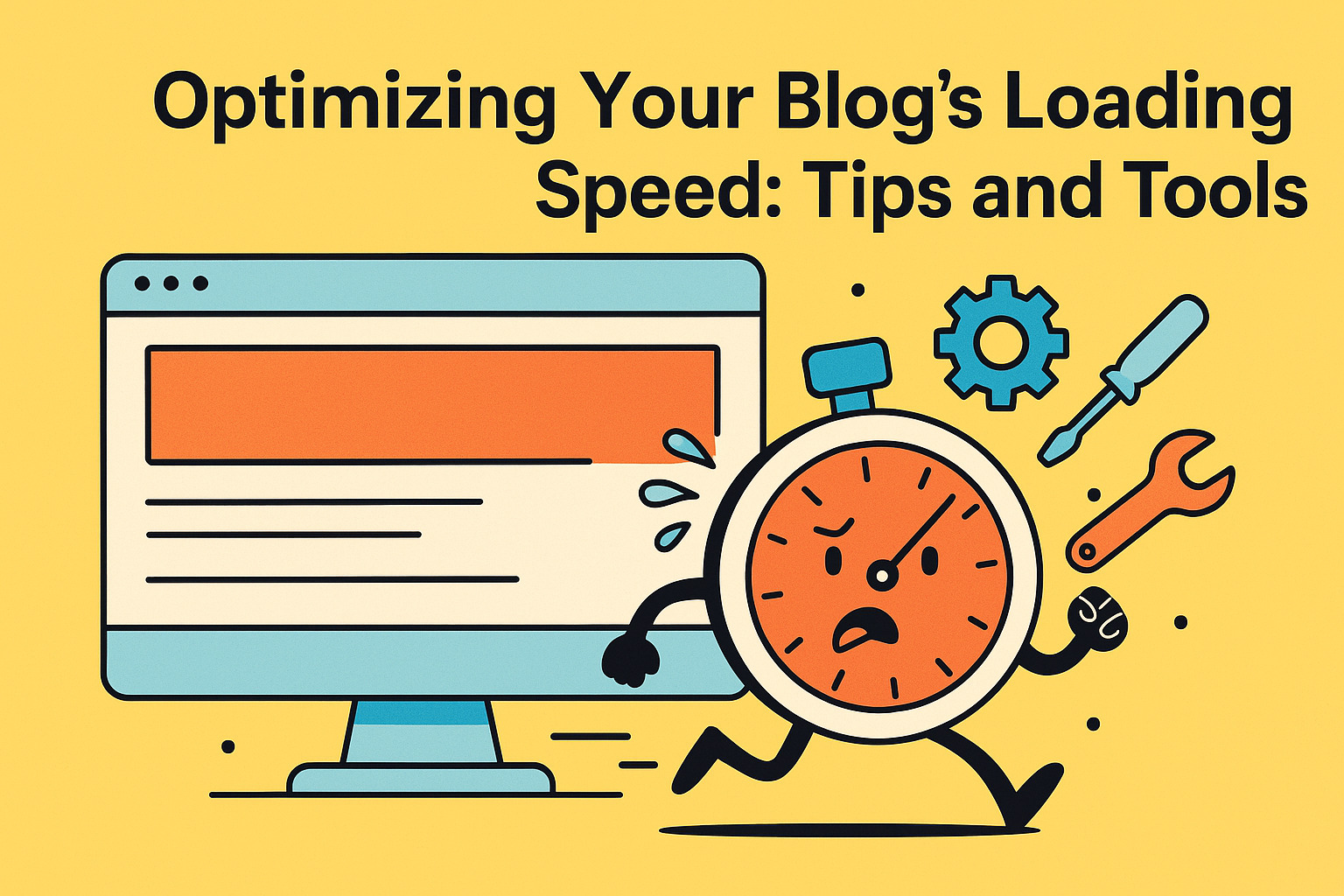
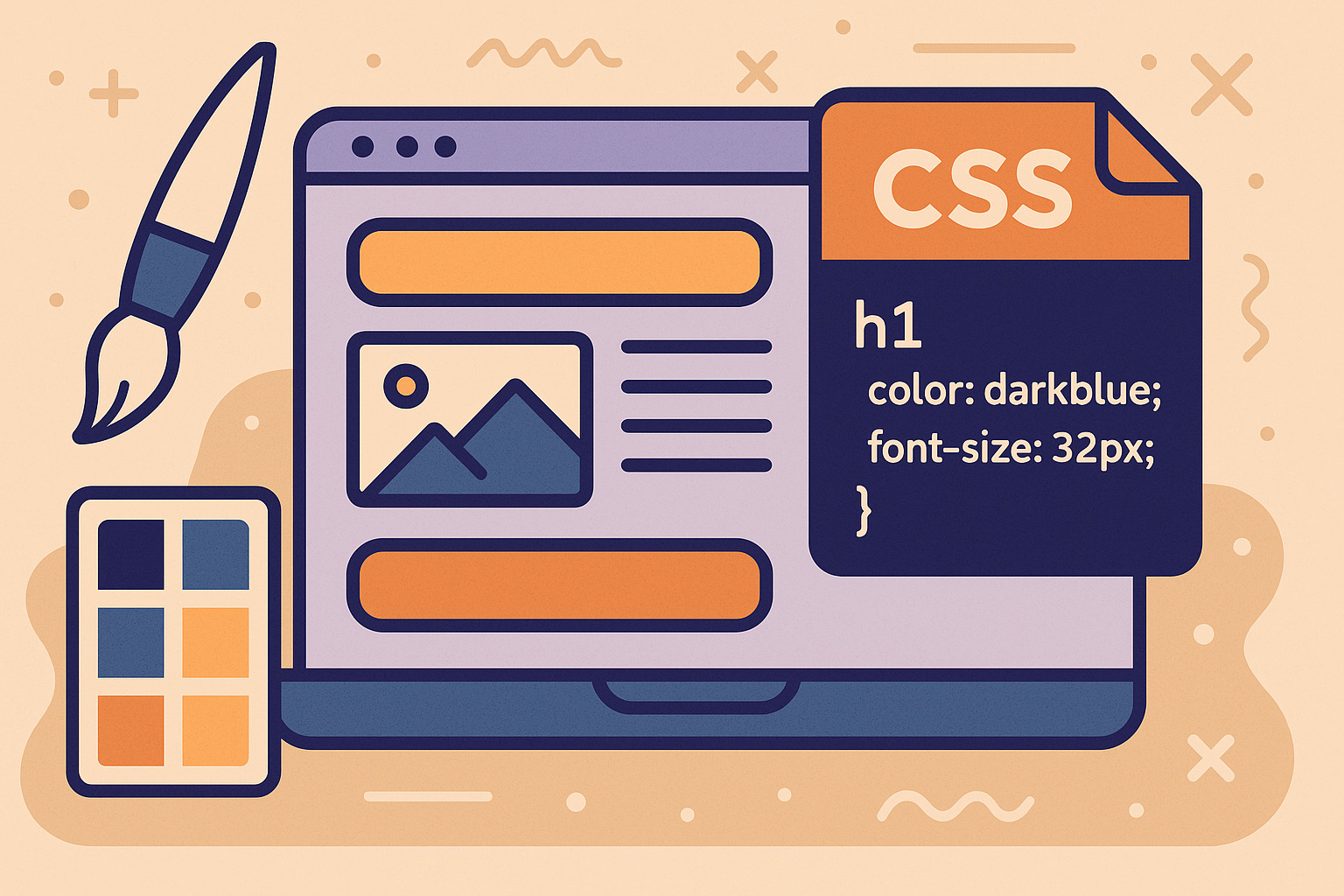

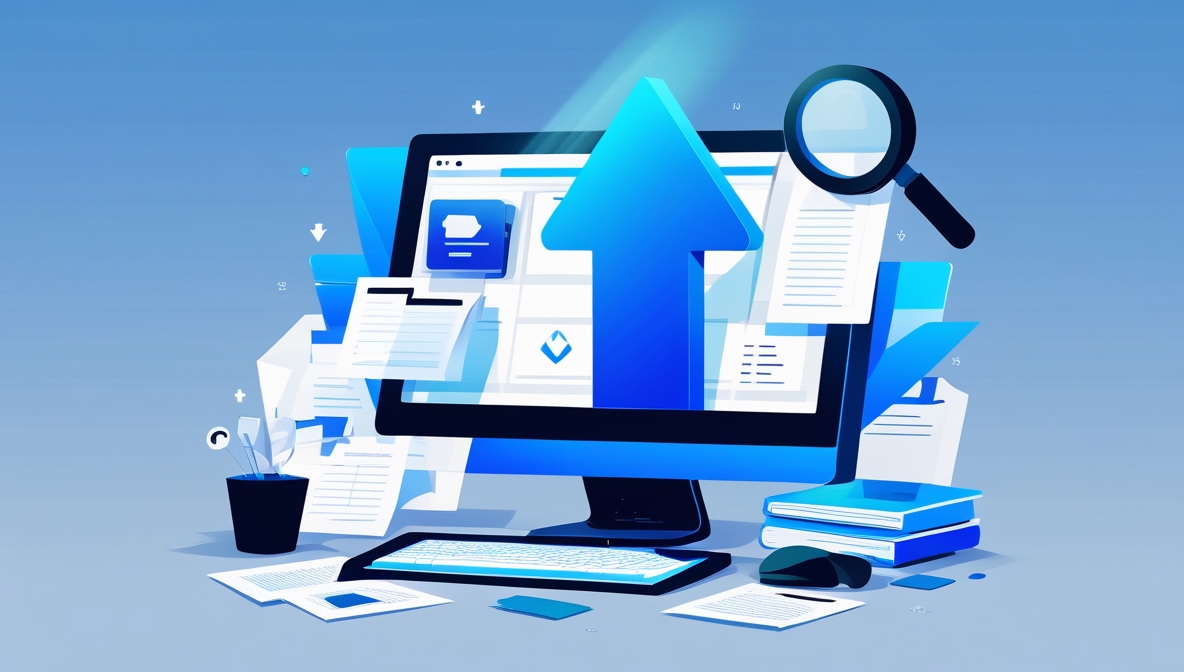


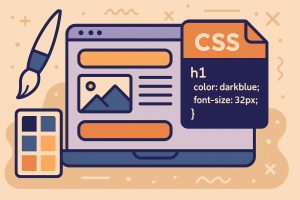



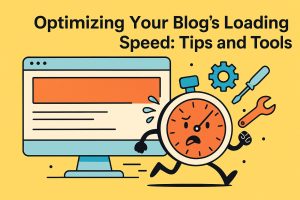



Post Comment